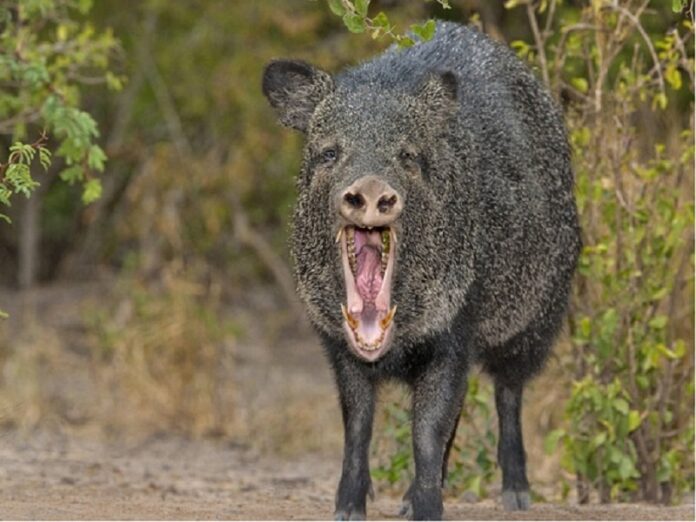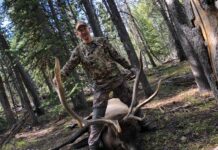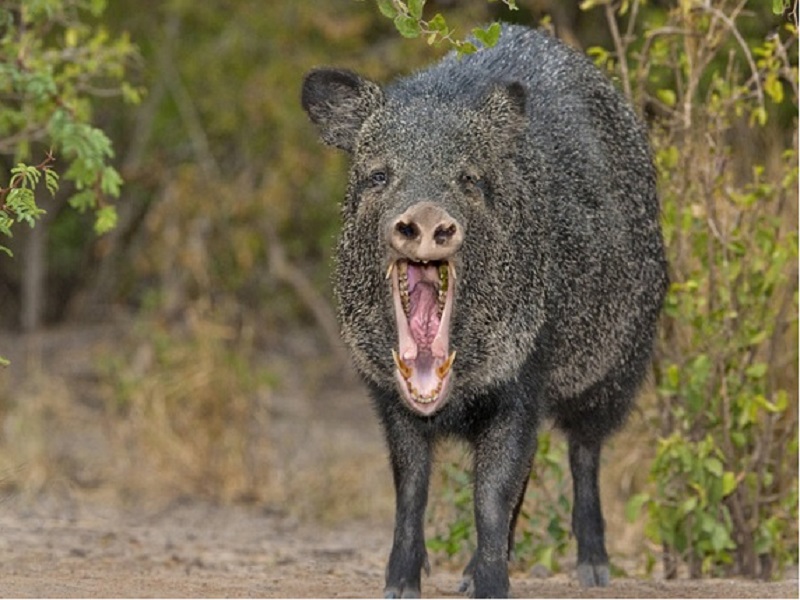
The Happy Javelina
In the half century I’ve been fortunate enough to explore and live in southern Arizona, I’ve accumulated dozens of humorous and somewhat entertaining anecdotes to share around the campfire. One of the most bizarre tales, absolutely true of course, is about the remarkable spring day spent in pursuit of the “happy” javelina with my brother and his son. So happy was this javelina, in fact, that both yours truly and said javelina ended up laughing hysterically together while the other members of his herd ran in circles around us.
Javelina Behavior
Those familiar with the behavior of the collared peccary or javelina are aware that the snapping of jaws, clacking of teeth, and deep huffing when they are surprised or aroused is a defense mechanism letting the intruder know they are unhappy and determined to defend the herd with all the weapons they have available. And most times, this demonstrative warning is successful. No predator wants to mess with a sixty-pound boar with sharp three-inch tusks. But in this particular instance, the proffered response to my intrusion was most unusual. In fact, I found myself laughing so intensely, eyes watering so profusely, I was unable to draw the old Bear Kodiak recurve bow I carried that morning. In other words, the unusual defense had its desired effect.
The Hunt
I had been hunting alone, as is my usual nature, while my brother and nephew chose to hunt the wide draws running into the cottonwood-lined creek at the base of a rugged Pima County Mountain. That tactic had historically been the most productive for javelina, and as the main goal of our hunt was to provide an opportunity for the youngest member of our group to fill his tag, we agreed that they would concentrate on that area.
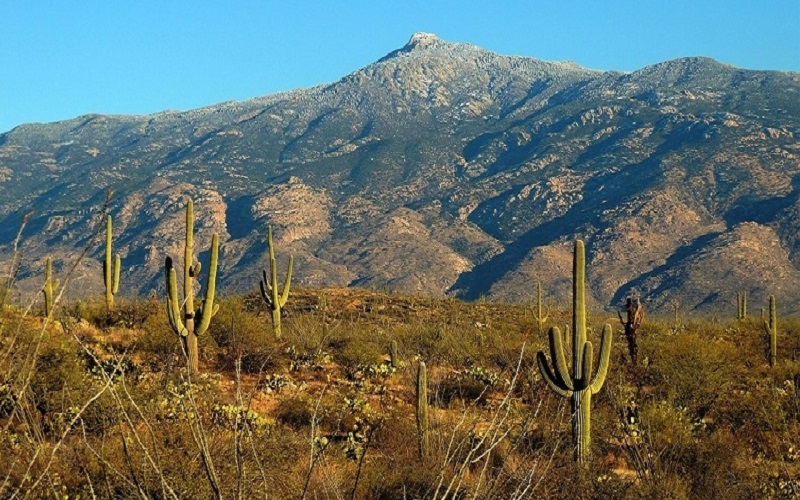
My choice was the steep rocky terrain of the hills southeast of the creek. These heavily vegetated hillsides require a completely different hunting strategy than the lower elevations. Because of the limited field of vision, tracking and trailing provided a greater chance for success. Using a slow, deliberate style of still hunting increases your chances with a quarry that is practically blind but possesses superb hearing and sense of smell.
Still-Hunting Javelina
At first light, working my way slowly along the base of a large prominent hill, I picked up fresh javelina tracks leading up a diagonal game trail that paralleled a deep cut. The trail narrowed through the thick groundcover, ascending towards a saddle maybe a quarter-mile uphill. Working the trail at a painfully slow pace, I continued to see fresh sign. Most significant were the large patches of uprooted “shin daggers,” one of the javelina’s favorite food sources in the area. And from the freshness of the rooting and the faint musky-sweet aroma on the wind, I knew the herd was close by.
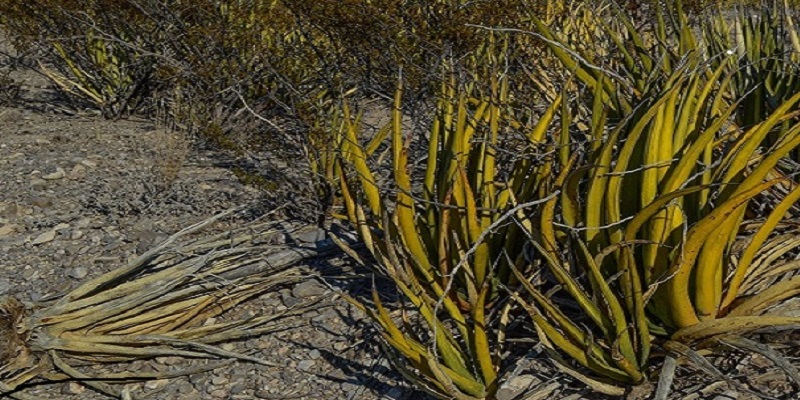
Javelina Herd
As often happens in thick cover, I heard them before seeing them. Reaching a small flat shelf on the side of the hill, a dozen or so javelina appeared above me, moving slowly through the manzanita and buckbrush, calmly feeding towards the top. The wind was rolling down the hillside in my favor, and I felt confident I could move within range for a close-in ethical shot. Through patience and years of practice, I found myself within thirty-five yards of my quarry. I watched as the herd changed course and started moving in my direction. I recall thinking how fortunate, sit quietly and allow the opportunity to develop.
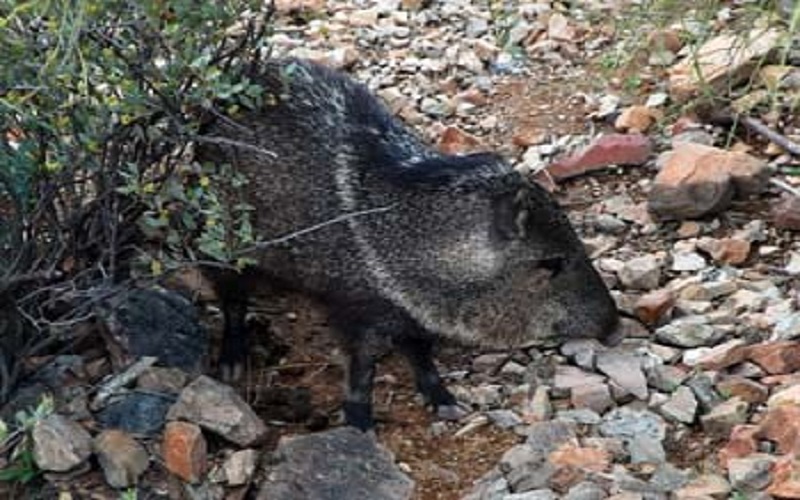
Laughing Javelina
As I waited patiently, the herd browsed slowly and methodically. Within minutes, there were javelina above me, below me, and in front moving directly towards me. Now surrounded on three sides, I, of course, had been presented with several good opportunities but had passed them all, waiting for a chance at the sixty-pound boar previously described. Then, to their surprise and mine, the wind quickly and I believe deliberately changed. Within seconds, chaos ensued as one javelina bolted and sent hogs running in every direction.
Hearing a seriously defensive huff, I turned to see the aforementioned boar no more than eight yards from me. As I completed my turn, he became more agitated and began a series of half-performed defensive displays that came out sounding like an old man laughing (that’s the best description I can come up with). My reaction was a combination of adrenaline and comic surprise. I began laughing out loud. And the louder I laughed, the louder he laughed. Tears began to flow from my eyes, and all thoughts of hunting faded in manic laughter. In a matter of seconds, the herd, including the laughing boar, was safely in the manzanita thickets and disappeared in true javelina fashion.
Still Laughing
As I slowly worked my way down towards the truck, several episodes of laughter washed over me, my mind still reluctant to believe what I had just witnessed. Needless to say, the other members of my party were more than a bit skeptical upon hearing of my peculiar experience. Chortle as they might, over the years, as many times as some of them have heard this story, if our gathering holds even one uninitiated member, the first request as we sit around the fire pit spinning our yarns is the tale of the Happy Javelina.
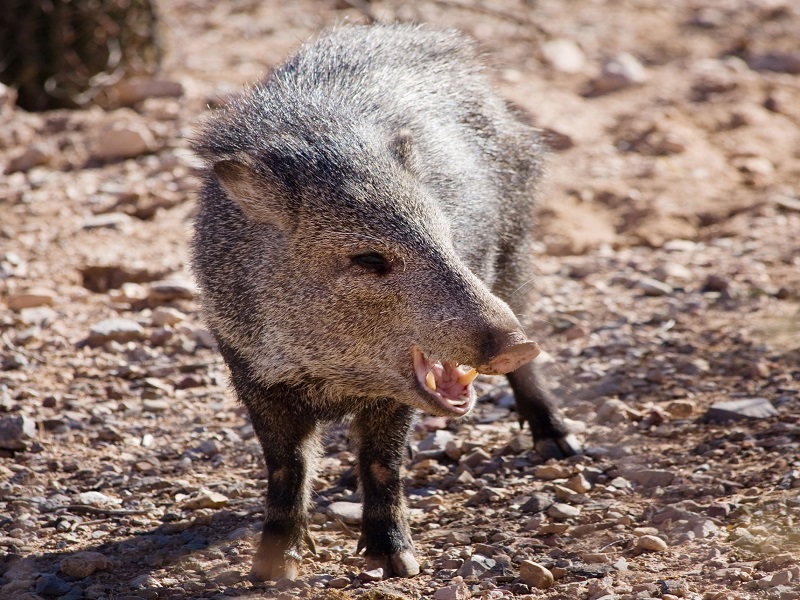
Hunt Details
Those interested in giving this unusual hunt a try will be greatly rewarded. Southern Arizona, in late winter and spring, is an amazing place. Seasons start with archery on January 1st and run through the general hunt at the end of February. The deadline to apply online is October 1st and tags are mailed out by November 20th. Archery-only javelina is January 1st-23rd, the youth hunt is January 24th through February 2nd, and the general hunt is February 21st through 23rd.
Non-residents must purchase a combination hunting/fishing license for $160 and pay the application fee of $15. Those fortunate enough to draw a tag will find another $100 charge on their card.
This just might be that odd hunt you’ve been looking for, besides, what else have you got planned before turkey season?
Comment or ask Alan questions here.














